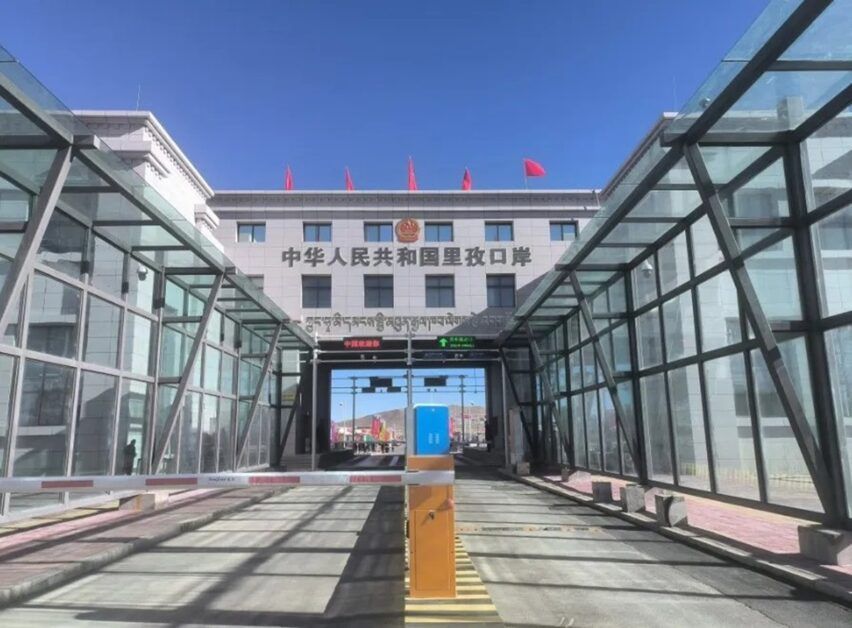The immigration office has opened in Korala, which is located in Lomanthang, Upper Mustang, and is a key border crossing point between China and Nepal.
Previously, the only people who could cross the Korala border for trade were Mustang residents who had been granted permits by the District Administration Office. All Nepali citizens who plan to travel through this location can now do so more easily thanks to the new office.
At the border, Nepal has set up a prefabricated 10-room immigration and security post that has just been furnished with internet, electricity, and cell phone service. The government supplied internet services to Nepal Telecom and extended the core transmission line to Korala.
Additionally, the Chinese side has built necessary infrastructure, such as truck parking, quarantine zones, lodgings, a laboratory, and customs facilities. The Nepal Intermodal Transport Development Board has created a comprehensive project report for further development of these facilities, which are intended to improve efficiency at the Korala dry port.
On November 13 of last year, Mustang’s Chief District Officer and a representative from China’s Sigatse province jointly inaugurated the Korala border, which is situated at an elevation of 4,650 meters. By integrating with both northern and southern trade routes, the expansion of trade operations along this border has been considered a significant step towards economic success.
Now that the Korala border point is operational, trade between China, India, and Nepal can also take place via this route. The road stops at the Sunauli border point with India in Rupandehi district, while the Kaligandaki Corridor, which extends to the Korala border point, is connected to the Siddhartha Highway in Syngja district. As a potential alternate trilateral commerce route between the three nations, the route via the Siddhartha Highway and Kaligandaki corridor connects Nepal with India at Sunauli and Nepal with China at Korala.







